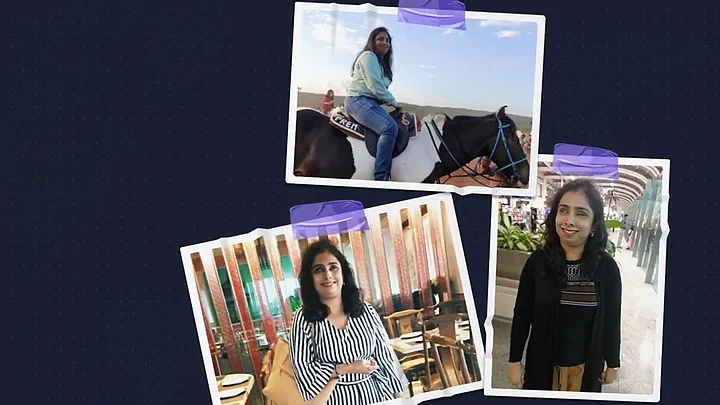[This video was originally produced by Accenture. It is reproduced in association with The Quint as part of the #DisabilityInclusion campaign.]
According to a research paper published by Accenture, about 84% of C-suite executives believe they must leverage the benefits of technology to achieve their Diversity, Equality, and Inclusivity (DE&I) objectives. But many organisations still remain challenged when integrating persons with disabilities - visible and invisible.
To make ground changes, organisations must first understand if their workstations can assist all their employees. They must examine if certain products or services are inaccessible by some employees and must come up with alternatives. Such exercises will help to unearth potential gaps and result in creating opportunities.
The most comprehensive ways include leading sensitive conversations and open dialogues with persons with disabilities.
Sadaf Khan, a Recruiting Senior Analyst at Accenture, talks about how sensitive leadership and a seamless recruitment process have enabled her to realise her dream job.
Technology that describes people, text, and objects aloud for those with low vision is a crucial resource at the workstation for employees like Sadaf. AI-powered tools and apps such as Blindsquare22 also seek to help those with visual impairments navigate their travel and work environments independently. Meanwhile, new solutions that operate computers via eye movements can improve the lives of employees with disabilities.
By assisting their employees with top-class technological resources, Accenture has proven that their blindness is not their barrier.
Such vital infrastructure helps organisations unlock the true potential of their employees, it also boosts their confidence when they achieve their targets and makes them feel more comfortable in their organisation.
(At The Quint, we question everything. Play an active role in shaping our journalism by becoming a member today.)
